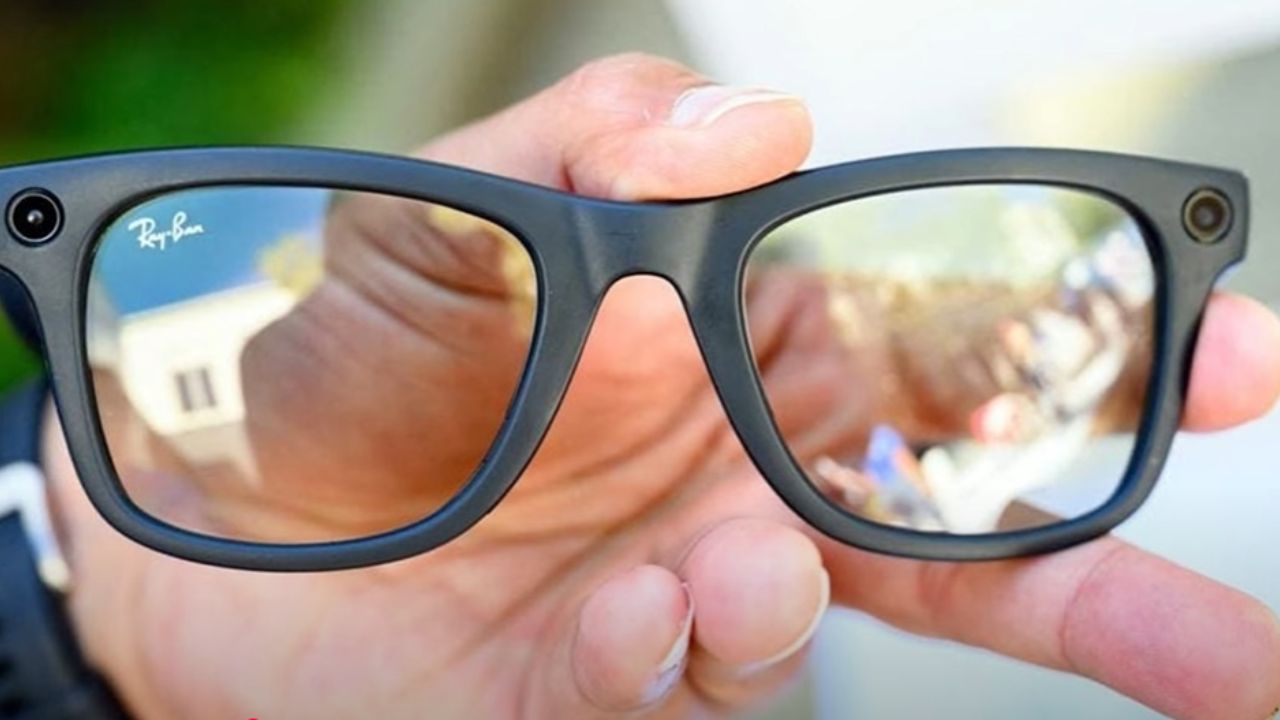
Amazon is set to revolutionize the last-mile delivery experience with the introduction of AI-powered smart glasses for its delivery drivers. These glasses, designed to enhance efficiency and accuracy in package handling, overlay real-time digital information such as navigation cues and package details directly in the driver’s field of view. Early reports from trials suggest that this technology could significantly reduce errors and speed up deliveries without compromising safety.
What Are Amazon’s AI Smart Glasses?
The AI smart glasses are a cutting-edge technology that combines augmented reality (AR) and artificial intelligence (AI) to provide hands-free information to Amazon’s delivery drivers. The glasses display delivery instructions and addresses directly in the driver’s field of view, eliminating the need for handheld devices. The technology is integrated with Amazon’s existing logistics systems, providing real-time data overlays for drivers. Based on prototype testing, the glasses are lightweight and designed for comfort during long shifts.
How the Glasses Enhance Driver Efficiency
The AI smart glasses offer drivers “super vision” by scanning and verifying package labels instantly, preventing misdeliveries. They also provide navigation aids, projecting turn-by-turn directions and safe drop-off points directly into the driver’s view. This hands-free operation allows drivers to confirm details without stopping or using handheld devices, thereby enhancing their efficiency. According to hands-on trials, the glasses have improved accuracy in identifying packages and locations.
Addressing Common Delivery Challenges
The AI smart glasses aim to fix the “biggest package delivery nightmare” of incorrect or delayed deliveries. They do this through precise address matching and by helping drivers locate hidden or hard-to-find drop-off spots. The technology has shown potential in reducing errors on high-volume routes, which could significantly cut delivery times. These features address common delivery challenges and could transform the last-mile delivery experience.
Real-World Testing and Driver Feedback
Real-world testing of the AI smart glasses has yielded positive results. Testers reported improved accuracy in identifying packages and locations. They also noted that the glasses enhanced their situational awareness during busy shifts. Initial responses indicate that the glasses are easy to use and do not distract from core driving tasks. These findings suggest that the glasses could be a valuable tool for Amazon’s delivery drivers.
Implementation Timeline and Rollout Plans
Amazon’s delivery drivers will soon be wearing the AI smart glasses as part of their standard work gear. The company is progressing from prototypes to broader deployment following recent testing phases. To ensure drivers adapt quickly to the augmented reality interface, Amazon is also focusing on training aspects. The rollout plans indicate that the glasses could soon become a common sight on delivery routes.
Potential Benefits for Customers
The AI smart glasses could lead to several benefits for customers. Faster, more accurate deliveries could result in fewer missed packages and less need for rescheduling. The glasses could also improve transparency, with real-time updates synced from the glasses’ data feeds. Moreover, optimized routes could reduce Amazon’s environmental footprint. These potential benefits highlight the transformative potential of this technology.
Future Developments and Limitations
While the AI smart glasses hold great promise, there are also potential limitations to consider. Early concerns from trials include issues related to battery life and weather resistance. However, future developments could address these issues and expand the glasses’ capabilities. For instance, integration with voice commands or additional AI features could be possible based on the current capabilities of the glasses. Despite the potential limitations, the AI smart glasses fit into Amazon’s ongoing tech investments in logistics and could play a key role in shaping the future of delivery services.
More from MorningOverview